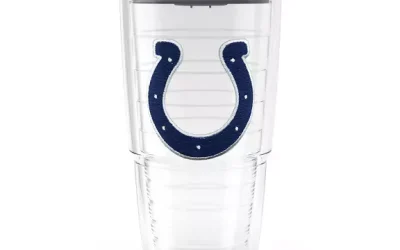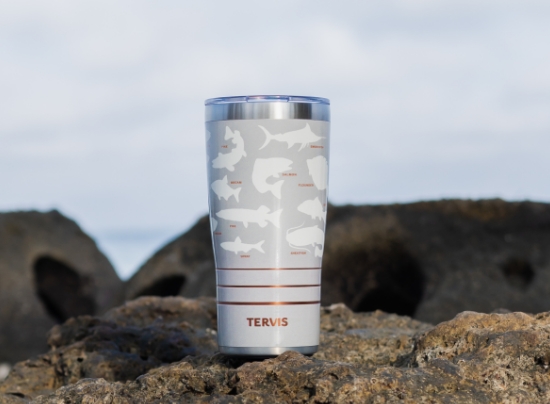Choosing grapevines for wine production can be a difficult, but rewarding experience. Wine making has a rich history going back millennia, from its earliest origins in prehistory, to the modern vineyards of today. Wine puts us in touch with our agricultural roots and plays a role in our cultural landscape in a way no other product does. There are many factors to consider when choosing your grapevines, such as climate, production size, and storage of aging wine. Perhaps the most exciting factor is choosing a grapevine that will suit your taste, to make the perfect wine for your individual palette.
Red or White?
The choice of growing grapes for red or white wine comes first. Different varieties flourish in different climate conditions, and this may play a role in determining what type you want to purchase. In general, red wine grapevines tend to grow better in warmer, drier climates, while white wine grapevines tend to do better in cooler, wetter environments. Both can be successfully cultivated over a wide range of climates, however, as they are both grown all over the world. Climate will have an effect on the flavor of your grapes, as cool weather brings out a more pronounced acidity, while warmer weather leads to a deep, richer flavor.
Choosing Your Varieties
Once you have determined if you want to plant red or white grapevines, you will need to choose your grape varieties. Historical varieties of red wine grapes include the heavy-bodied Cabernet Sauvignon, the medium-bodied Merlot, and the medium to light ranging Pinot Noir. These are all still popular today, with different clones and sub-varieties available to you as a grower. Other modern varieties include Cabernet Franc, with its light to medium body, and Grenache, which can have a light to heavy body.
Historic white grape varieties include Chardonnay, the light to medium Riesling, and light to medium Sauvignon Blanc. Of course, there are also modern varieties of white grapes, like the light-bodied Pinot Gris and the very light to medium-bodied Viognier. Whether historic or more modern, choose Harvest Express variety grapevines for wine to suit your own preference is important.
Single Varietal or Blend?
Another thing to consider when choosing your grapevine is if you want to make a single varietal or a blend. Single varietal means that the wine contains only one variety of grapes, even if the grapes come from different vineyards. To be considered a varietal, a wine must contain at least 75% of the specific type of grape on the label, so that a Viognier varietal must be composed of at least 75% of that type of grape.
Blends, on the other hand, are made from multiple types of grapes. Any combination of grapes can be considered a blend. The winemaker uses skill to determine what will create the best flavor. Your taste matters most when making this choice, and it is up to you to decide whether you want a varietal or a blend.
We have dozens of options for your winemaking needs and can walk you through the entire process, from choosing your grapevines for wine, to planting and growing them successfully. Contact us today to begin your wine growing experience.







